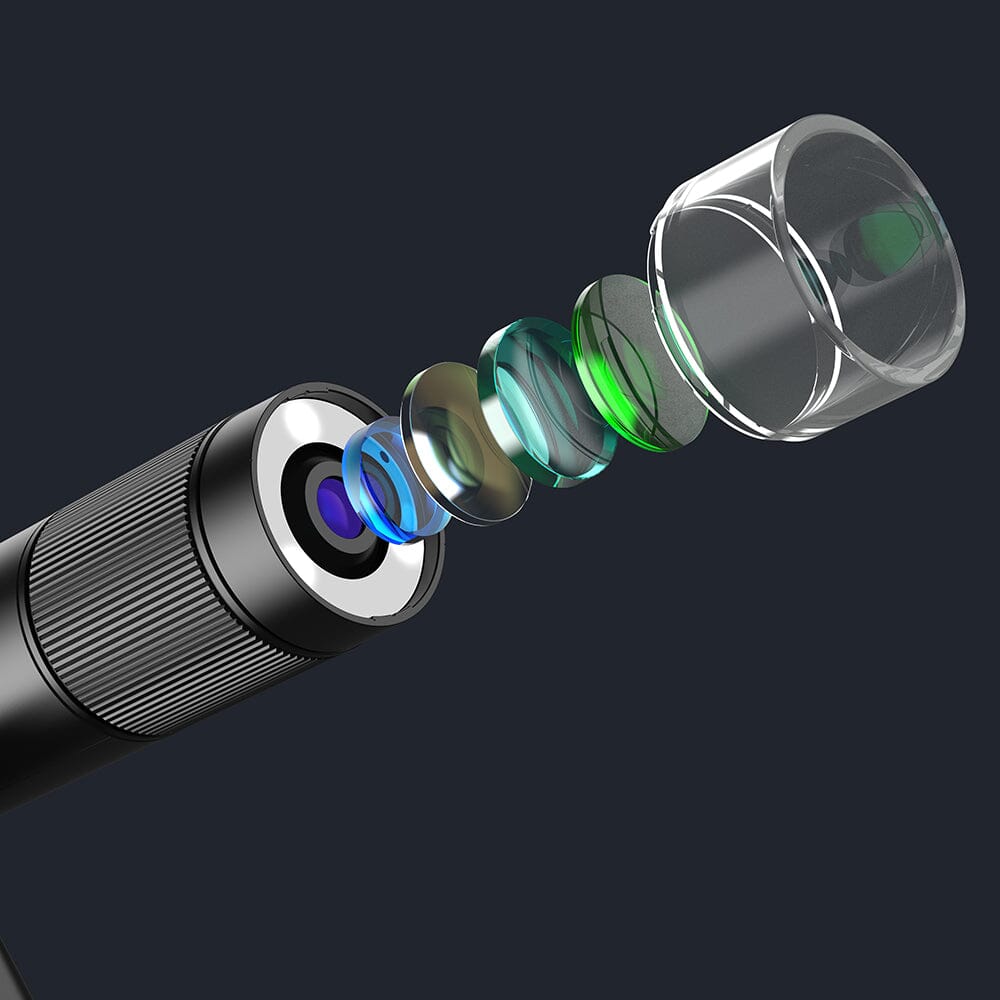The telescope and microscope are important inventions commonly used in many fields of research. You'll notice that both of these words end in "scope," but they serve completely different purposes. Now how do we distinguish between these two instruments?
Telescopes can look closely at things far from the human eye, such as planets and other celestial bodies. Microscopes can also see objects up close, but details zoom in and get closer, such as microbes and cells.
These two tools open the door to more knowledge than you might think! They allow us to see things up close that we normally can't see with the naked eye, and they bring the invisible world a little bit closer. Let's dig deeper into each of their purposes, similarities and differences.
1. What do telescopes and microscopes have in common?
Microscopes and telescopes use objective lenses. This collects light from the actual object or scene the observer is observing. It focuses on lines of light to help us generate clear images for us to see, which are often invisible to our naked eyes.
They are also good at magnification. They will allow you to look more closely at objects that are difficult to see with the naked eye. It makes your eyes look bigger and clearer. You can see the movement of cells under a microscope, or the movement of meteors in the sky through a telescope.
Both tools are used for research and to help us better develop our knowledge of things we don't have the natural ability to see. They help us improve our ability to better understand everything from the sky above us to the cells around us. Both of these tools can help us better understand a previously invisible world.
2. What's the difference between a microscope and a telescope?
First, there are different types of telescopes and microscopes, each of which works in a different way. There are four main types of telescopes: refracting, reflecting, radio and infrared. A refractor telescope captures and bends light so that it can display images of distant objects.
Similarly, reflecting telescopes use life to reflect images of objects. As the name suggests, radio telescopes capture radio signals from objects to map and produce images, while infrared telescopes capture infrared signals to map objects.
There are many different types of microscopes that are very good. The oldest type of microscope is the light microscope, which creates an image of an object by passing light through it. Similarly, electron microscopes, including transmission electron microscopes and scanning electron microscopes, produce images by passing electrons through objects. Fluorescence microscopes use fluorescence and phosphorescence to draw images.
Also, because telescopes are designed to see things at great distances, by contrast, their lenses are typically larger than microscopes. A telescope also has a longer focal length than a microscope.
Focal length is "the distance between the center of a convex or concave lens and the focal point of the lens or mirror -- the point at which parallel rays of light meet or converge". Because a telescope has to traverse longer distances, it usually requires larger lenses that will have a longer focal length. A microscope could have a larger lens and focal length, but it would be redundant because it just wouldn't need it.
Another reason for this is the telescope's need for length, as it can create much smaller images of very large objects at great distances. Or, microscopes can create larger images of very small objects. Therefore, their focal lengths are opposite.
In addition, the telescope's large lens allows it to absorb a lot of light, because objects are so far away that only a very small amount of light reaches here. A telescope must be able to capture as much light as possible. That's why most telescopes are used at night and in dark places to reduce interference from other light sources. Microscopes usually have their own light source to create images, meaning it doesn't need a larger lens to capture light.
Another major difference between the two is that, in a telescope, the objective lens remains fixed, while the eyepiece is interchangeable to modify image magnification and styling. In a microscope, however, the eyepiece is fixed and the objective lens can be interchangeable to change the magnification or sharpness of the image.
It should also be noted that telescopes are usually used in astronomy, while microscopes are used in sciences such as biology or chemistry.
Finally, let's look at the difference between a telescope and a microscope in this tabular form:


Share:
Step into the world of polarized light microscopy
How to choose a portable microscope?